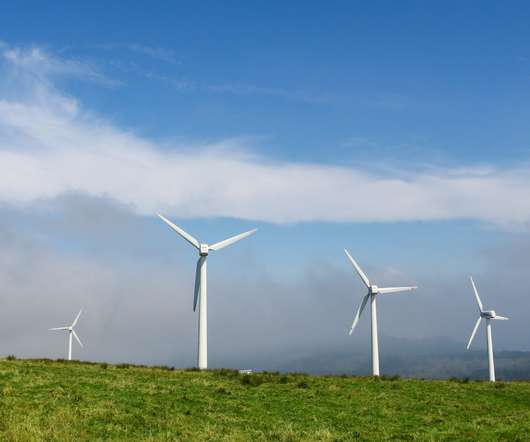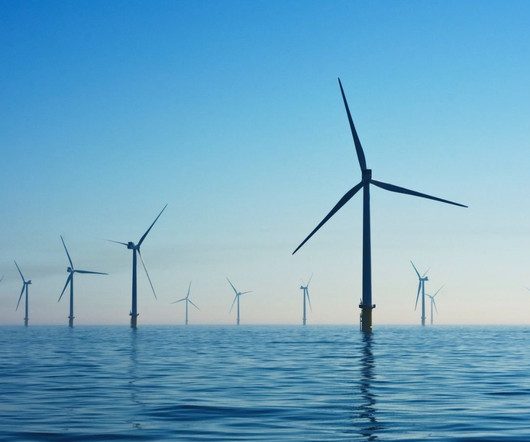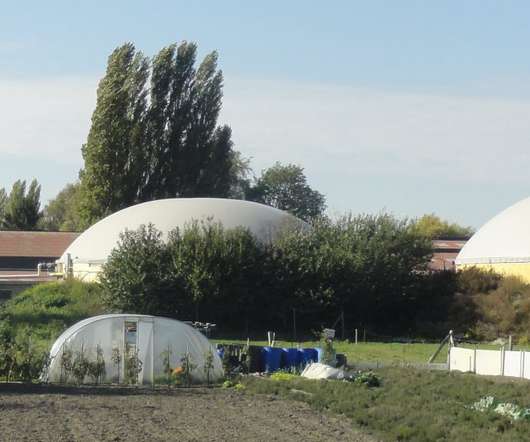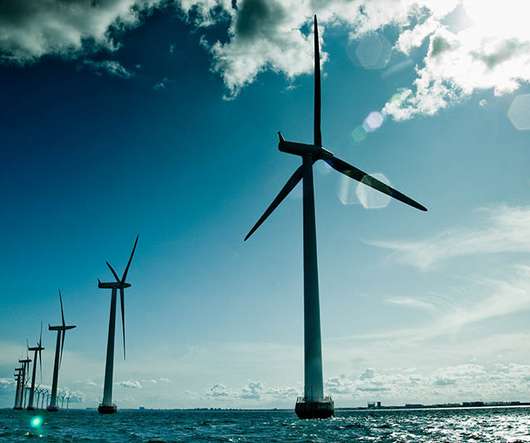Ask a Scientist: Two Dozen States Can Meet 100 Percent of Electricity Demand with Renewables by 2035
Union of Concerned Scientists
MAY 12, 2022
Just as important, cleaning up the power grid also lowers carbon dioxide emissions. Reducing fossil fuel use under the 100-percent RES policy cuts alliance state power plant carbon dioxide emissions by 58 percent below 2020 levels by 2040.























Let's personalize your content